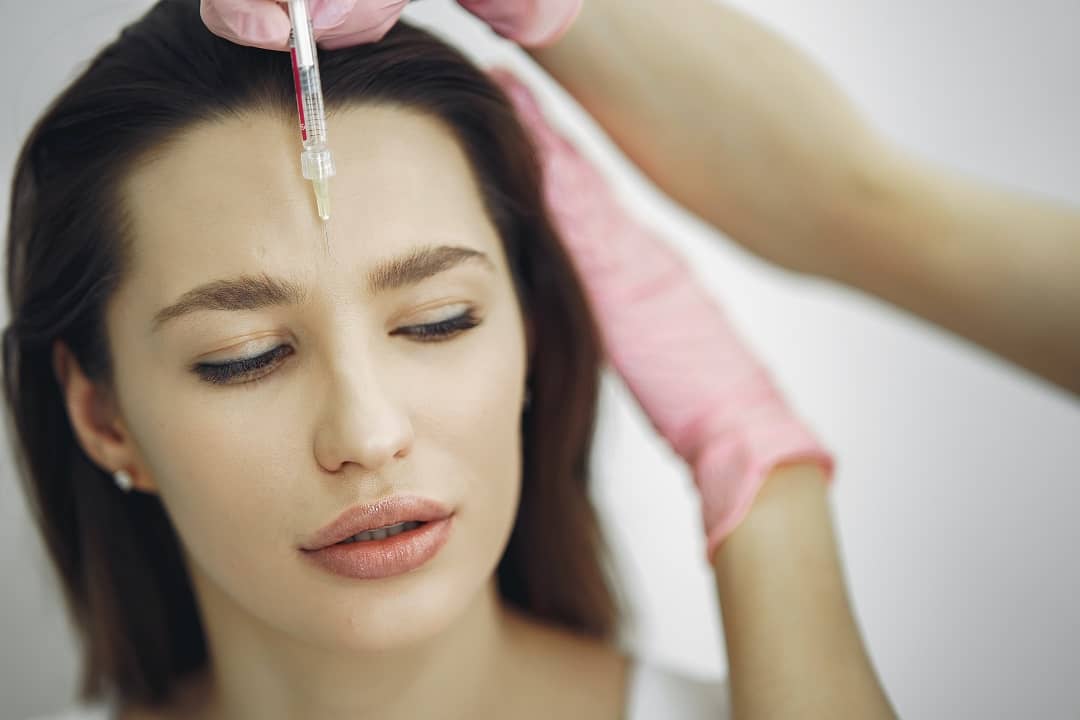Patients who have been diagnosed with migraine and often have attacks will want to know what prevention methods are available.
Botulinum toxin (OnabotulinumtoxinA or Botox) was approved for the treatment of chronic migraine in adults in 2010, which means that patients should also have the following conditions:
Have a history of migraine; Most of the time (15 days or more) in a month has a headache attack (including tension type), of which at least 8 days is migraine.
Botulinum toxin is not effective for patients with the following conditions:
The duration of headache is less than 14 days per month. There are other types of headache, such as cluster type.
1、 Botulinum toxin can be used to treat migraine
Botulinum toxin is a neurotoxin produced by a bacterium called Clostridium botulinum.
If botulinum toxin is eaten in spoiled food, it can cause a fatal toxic reaction, because botulinum toxin can block nerve signals and paralyze muscles.
But Botulinum toxin injection is safe for migraine, because the toxin is not digested in the stomach, and the dose used is far lower than the amount taken in spoiled food.
Doctors found that Botox injections can relax facial muscles and help smooth wrinkles. At the same time, it also has an effect on patients with convulsions and spasms due to neurological diseases such as cerebral palsy.
When patients with migraine use Botox to remove wrinkles, the headache symptoms are improved. So doctors began to study its use in migraine treatment.
2、 Blocking pain signal transmission
A study of adult patients with chronic migraine found that Botulinum toxin injection can reduce the total number of days of onset and even other types of headache.
The duration of headache free was prolonged and the duration of sick leave was reduced.
In another study, nearly half of the patients who received two rounds of Botox injections reported that they had halved the number of headache days per month.
After five rounds of treatment, the proportion of beneficiaries increased to about 70%.
Doctors believe that Botox can treat migraine by preventing the release of neurotransmitters, the chemicals that transmit pain signals in the brain.
Botulinum toxin acts as a barrier to signal transduction, preventing chemicals from entering nerve endings around the head and neck.
3、 Detailed treatment process
The patients were treated once every 12 weeks, and Botulinum toxin was injected at multiple points around the head and neck to reduce or prevent migraine.
The patient may need a total of 30-40 injections, with the same number of injections on both sides of the head. If migraine occurs in a specific area, more injections are required.
It is generally effective after 2-3 weeks of the first treatment.
Botulinum toxin injection should be given to patients by doctors who have received special training in the treatment of chronic migraine, not for wrinkle removal or other cosmetic purposes.
4、 Watch out for side effects
For patients with chronic migraine and botulinum toxin use, head and neck pain is the most common side effect. This side effect is rare and may also be an allergic reaction to Botox. The symptoms are urticaria, shortness of breath or calf swelling. Although no confirmed case of Botox spreading to other parts of the body has been found, it may be fatal once found.
What should be paid attention to when migraine hits botulinum toxin
The US FDA approved that botulinum toxin can be used for the prevention and treatment of chronic migraine, and has received good results. The headache can be improved or disappeared, which can last for 3 to 6 months. After the headache relapses, it can be repeatedly injected. The injection sites are mostly in the forehead, temporal and occipital regions. Migraine is a chronic paroxysmal disease. A considerable number of patients have long-term or even lifelong attacks, and have a family genetic history. The World Health Organization has designated migraine as the sixth disabling disease. 19% of women and 11% of men worldwide suffer from this disease. Botox can improve the symptoms of 80% – 90% of migraine patients, and reduce paroxysmal headache, chronic headache The frequency, time and degree of attacks of constrictive headache, cervical headache and other headaches.
Botulinum toxin should not be used in patients with local skin inflammation, infection, etc. The degree of skin inflammation should be controlled. After botulinum toxin injection, care should be paid to the injection area. Do not massage the injection area with your hands. Do not let the injection area touch water to prevent bacteria from invading the wound.



